I personally, never liked all this fancy stuff, i use print_r() because it's not overwhelming and it gives enough information.
Here is mine:
if(isset($_SERVER['HTTP_USER_AGENT']) && $_SERVER['HTTP_USER_AGENT'] == 'Debug')
{
echo '<strong><i>FILE : </i></strong>'.__FILE__.'<strong> <i>LINE : </i></strong>'.__LINE__.'<pre>';
print_r($var);
echo '</pre>';
die;
}
This if statement is to ensure that other people don't see what you've printed.
There is a good add-on for Mozila-Firefox and Google Chrome called "user agent switcher", where you can create your custom user agents. So I create a user agent called "Debug", and when I'm working, I change the user agent.
If I use default user agent nothing will happen and the page wont die;, only you and people who also change the user agent to "Debug" will see the printed variable. This is helpful if you want to debug a problem in a production environment, and you don't want the page to die; and it is also good if other people are also working on the project and you don't want to interrupt them by killing the page.
Then I echo out the current File and Line, this is helpful when you work in a framework or CMS or any other big project with thousands of files and folders, and while debugging, if you might forget where you've typed die; or exit; and you need to remember where you've been and which variables you have printed.
I use the NetBeans IDE for PHP development, I have a macro set up so when you select a variable and use it, it will paste this debugging tool to the text editor and put the selection inside a print_r(); function. If you also use NetBeans, you can use this macro:
cut-to-clipboard
"if(isset($_SERVER['HTTP_USER_AGENT']) && $_SERVER['HTTP_USER_AGENT'] == 'Debug')"
insert-break
"{"
insert-break
"echo '<strong><i>FILE : </i></strong>'.__FILE__.'<strong> <i>LINE :</i></strong>'.__LINE__.'<pre>';"
insert-break
"print_r("
paste-from-clipboard
remove-line-begin
");"
insert-break
"echo '</pre>';"
insert-break
"die;"
You just need to select the $variable and use the macro.
